17 Apr April 17, 2023
The Venus flytrap (Dionaea muscipula) is a carnivorous plant that catches and digests insects. It is known for its unique... read more
29 Sep September 29, 2023
Germinating Venus flytrap (Dionaea muscipula) seeds can be a rewarding but somewhat challenging process. Here's a step-by-step guide on how... read more
02 Mar March 2, 2023
The root system of the Venus flytrap (Dionaea muscipula) is relatively simple, consisting of a small cluster of fibrous roots... read more
26 Feb February 26, 2023
The Venus Flytrap (Dionaea muscipula) is a carnivorous plant native to the wetlands of the southeastern United States, specifically the... read more
03 Mar March 3, 2023
Venus flytraps (Dionaea muscipula) typically take about 2-4 months to produce viable seeds after their flowers have been pollinated. Once... read more
17 Apr April 17, 2023
The Venus flytrap's native range is limited to a small area in the coastal plains of southeastern North Carolina in... read more
27 Feb February 27, 2023
Venus flytraps (Dionaea muscipula) are native to the wetlands and bogs of the southeastern United States, including parts of North... read more
09 Oct October 9, 2024
Getting rid of thrips from Venus flytraps requires careful treatment, as the plants are sensitive to many chemicals. Here’s a... read more
27 Feb February 27, 2023
Venus flytraps (Dionaea muscipula) require a period of dormancy, usually during the winter months, in order to thrive and survive.... read more
27 Feb February 27, 2023
Mites can be a common pest on Venus flytraps, and it's important to address the infestation as soon as possible... read more

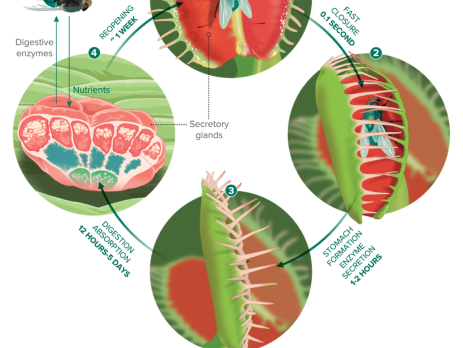
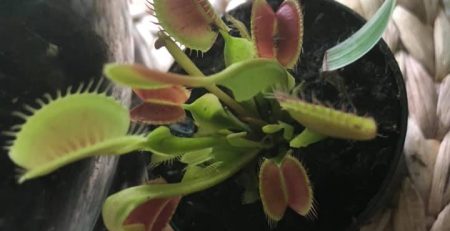
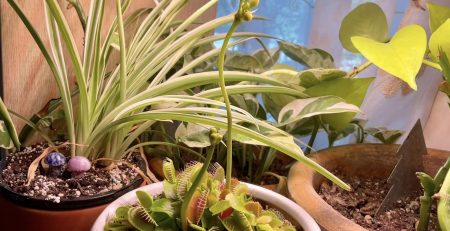

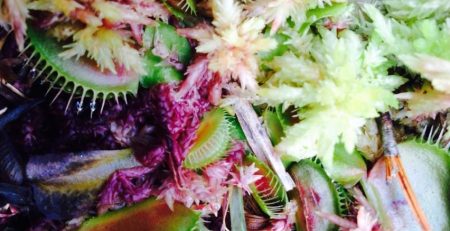
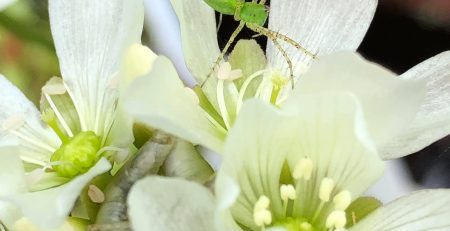
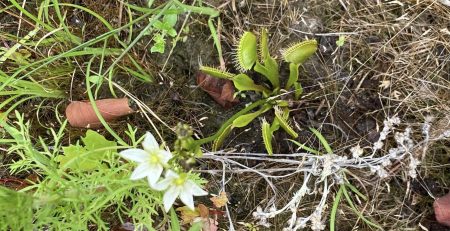
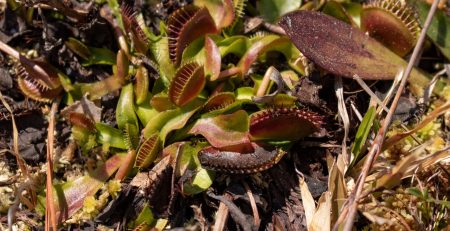
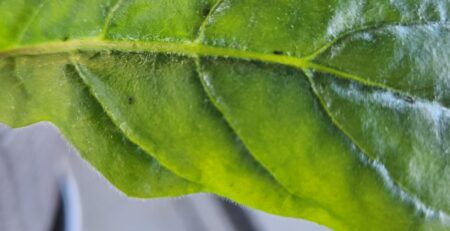
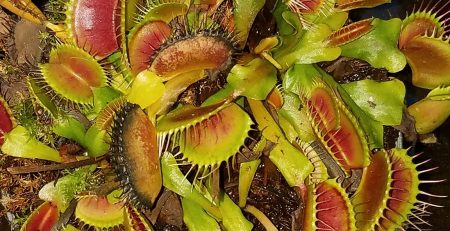
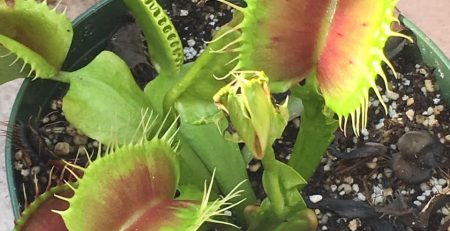
Leave a Reply
You must be logged in to post a comment.